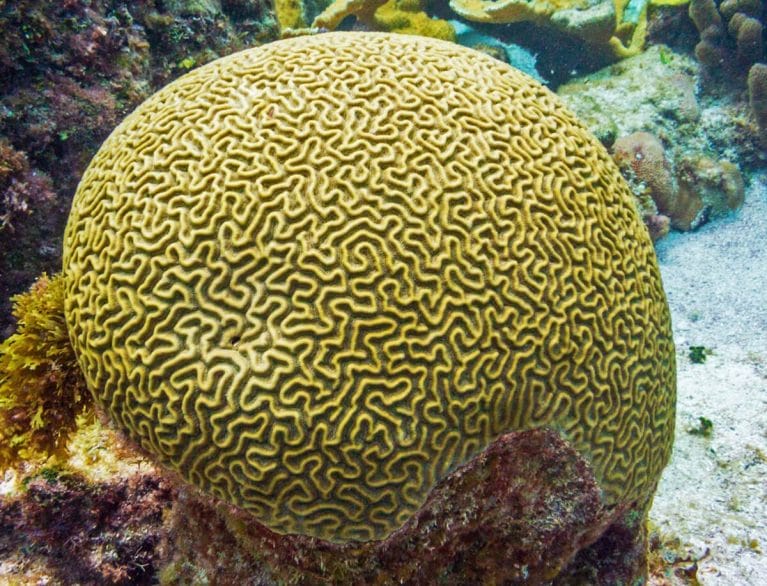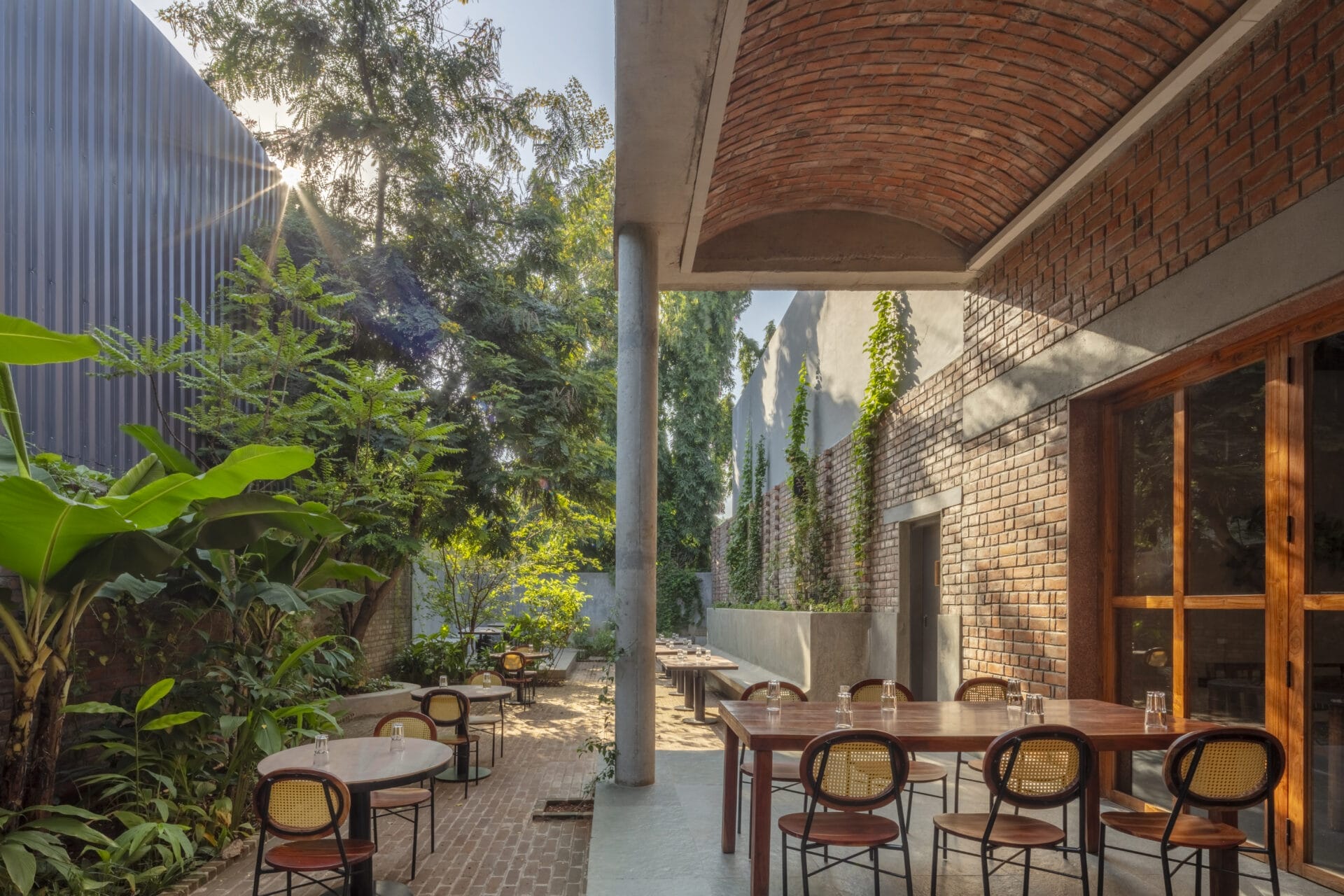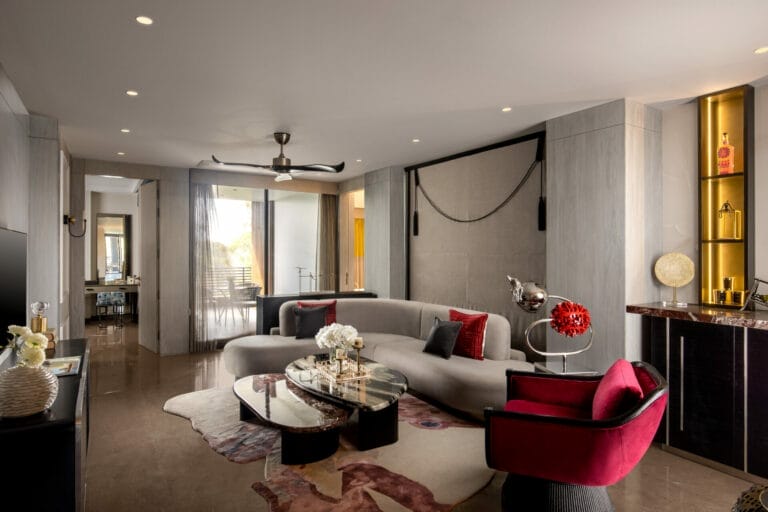
Maldives Floating city is an upcoming development conceptualized taking inspiration from Brain Coral and is the first development of a new era in which the natives return to the water with resilient eco-friendly floating projects. The project is a joint venture of Dutch Docklands with the Government of Maldives. The architect for developing the master plan of the city is WaterStudio.NL.
The structure of the city of roads and water canals is replicated beautifully and efficiently in which a real brain coral is organized. The concept catalyzes the goal of living with nature and learning to improve and respect natural coral. This concept is at the heart of the floating city project and brings to attention the responsibility the Maldives takes as the center for coral protection in the world.

The city is planned with several thousands of housing units and a mixed-use community with hotels, shops, restaurants, and other amenities. It is the first floating city with full government support with a legal framework and all floating and waterfront housing units. The lagoon is only 10 minutes from the capital Male and the International Airport and is spread across 500 acres.

Another unique feature of the development is that it offers the possibility to obtain a residence permit with the purchase of a house which allows the international community to live in the Maldives permanently and enjoy the local lifestyle, apt weather, and tropical surroundings. Living on water is associated with the culture and history of Maldives and the floating city uses the canals as the main infrastructure for logistics and gateways. The canal movement eventually reduced the land-based movements of biking and walking on natural white sand roads. The city will allow only bicycles and electric noise-free buggies/scooters and no cars will be allowed.
The firm Waterstudio and developer dutch Docklands have together designed a space for the next generation that is sea-level rise-proof urban development with a mix of green, technology, safety, commercial viability, and healthy lifestyle forming a strong backbone for future developments.

The design of the city uses sustainable development techniques and ecological practices to protect, preserve and enhance the marine ecosystem. It is a project unique both above and below the water surface which creates a blue habitat projecting and stimulating coral growth. The submerged coral reefs of the lagoon will provide a natural wave that will combine with the grid of floating structures and ensure the comfort and safety of the inhabitants.
Shadows caused by space covered with floating structures must be in balance with the amount of sunlight that can reach the seabed – which is amongst the basic requirements of a floating city. The floating structures must enhance the underwater life instead of causing any negative impacts and large floating structures should provide enough open spaces. The urban -planning of the project should integrate the supply and waste management systems for the healthy metabolism of a floating city.

From the engineering perspective, the forces of nature, waves, rise in sea level, and extreme weather conditions should be analyzed for the next 100 years, and projects should be planned accordingly. The considered base of a floating city design is rigidity versus flexibility and a mooring system that can divert all the extreme forces.




















